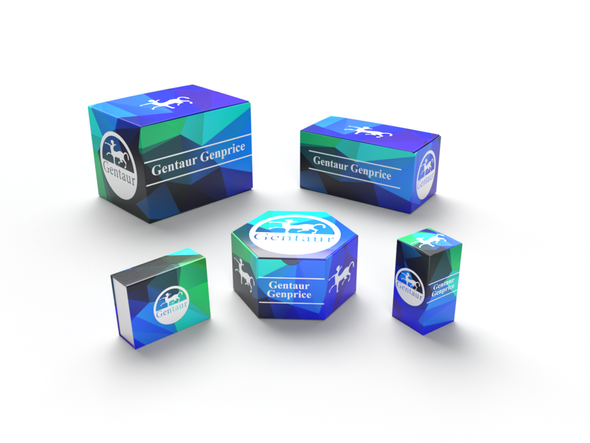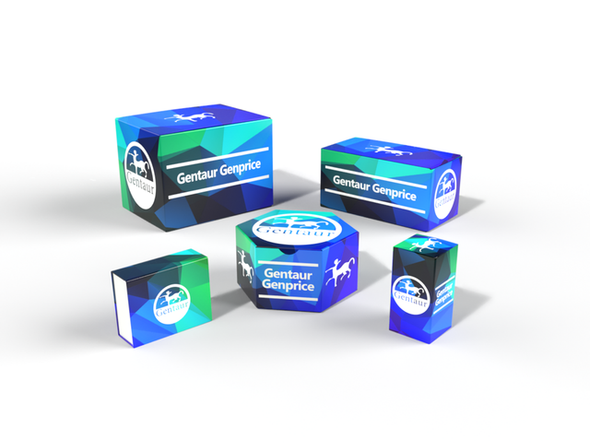Description
Cationic bovine Serum Albumin (cBSA) - Cat Number: 9058 From .
Research Field: Nephritis
Clonality: N/A
Cross-Reactivity:
Host Origin: N/A
Applications: N/A
Isotype: N/A
Detection Range: N/A
Sample Type: N/A
Concentration: 2 mg/ml
Immunogen:
PRODUCT SPECIFICATIONS
SOLUBILIZING COLLAGEN
For determining collagen content in cultured cell layers and tissues by ELISA, solubilizing collagen is required. For tissue specimens, a
limited digestion with pepsin is highly recommended for native collagen preparation as other neutral proteinases, such as pronase and
papain, digest collagen into small peptides. Pepsin only digests telopeptides located on both the N- and C-terminals of the collagen molecule
and is not capable of digesting the helical conformation region of the collagen molecule itself. Please inquire with , Inc. customer
service for “Tips on Solubilization of Collagen”.
Solubilizing collagen from tissues by limited pepsin digestion (generally collagen to pepsin ratio is 100:1) depends on the types of tissues
and the contents of the intra- and inter-molecular cross-linkages. For example, bone and Achilles tendon are resistant to pepsin digestion
and only 10-20% of the collagen tissue will be solubilized. Young calf skin collagen will be completely solubilized by pepsin digestion within
24-48 hours, while it takes 7-9 days to solubilize adult skin. Pepsin resistant insoluble collagen might be solubilized by alkaline treatment.
Suspend insoluble collagen in cold 0.1N NaOH solution containing 10% Na2SO4 and 0.1M Amine such as Tris and incubate at 4°C for 1-2
weeks. After treatment of collagen with alkaline, neutralize the pH to 5.0 with HCl, and then dilute it with 0.05M acetic acid or neutral buffer
such as 0.1M Tris-0.3M NaCl, pH 7.5.
Therefore, the optimum solubilization condition for individual samples should be determined before processing samples. Collagen can be
analyzed by 6% SDS-gel under non-reducing conditions, using authentic type I collagen as a standard. If samples contain bands larger than
the -chain (MW = 300 Kd), the samples must be further digested by pepsin or elastase which will digest the intra- and inter-collagen crosslinkages. On the other hand, if smaller bands or smear bands are observed under the α-chain (MW = 100 Kd), the samples might be overdigested. Therefore, it is critical to understand the biological and physico-chemical properties of individual collagen samples.
NOTES BEFORE USING ASSAY
NOTE 1: It is recommended that the standard and samples be run in duplicate.
NOTE 2: Warm up all buffers to room temperature before use.
NOTE 3: Crystals may form in Wash Buffer, 20X when stored at cold temperatures. If crystals have formed, warm the wash buffer by placing
the bottle in warm water until crystals are completely dissolved.
NOTE 4: Measure exact volume of buffers using a serological pipet, as extra buffer is provided.
NOTE 5: Cover the plate with plastic wrap or a plate sealer after each step to prevent evaporation from the outside wells of the plate.
NOTE 6: For partial reagent use, please see the assay protocol’s corresponding step for the appropriate dilution ratio. For example, if the
protocol dilutes 50 µl of a stock solution in 10 ml of buffer for 12 strips, then for 6 strips, dilute 25 µl of the stock solution in 5 ml of buffer.
Partially used stock reagents may be kept in their original vials and stored at -20⁰C for use in a future assay.
NOTE 7: This kit contains animal components from non-infectious animals and should be treated as potential biohazards in use and for
disposal.






